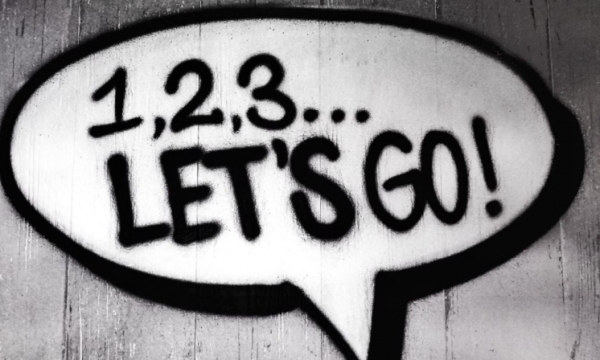But somehow seems difficult to follow-up communication training. There is good news: here's how to do it.
Communication: pooling talents
When members of the same team within a company collaborate on a project and divide up the tasks to be accomplished, it is to pool their strengths, the different skills of each individual. On the other hand, when a team does not manage to communicate well, it is a bit like an engine that has been dismantled into multiple spare parts that allow it to function when they are assembled and which do not succeed when they are taken individually.
The way the team works is not much different. Each team member works on their own on the project, and it is only after everyone's work has been pooled that the whole project takes shape. It is therefore by implementing a long-term internal communication strategy across the entire project that it will be structured in complete transparency.
A well-oiled engine
Developing better communication between team members is like oiling an engine: the team works together harmoniously, each member brings their skills to the project and the different parts of the project adjust naturally. The project is then understood as a whole, productivity increases, the project is completed on time, which improves business continuity and skyrocketing results.
Not only will you likely see an increase in your turnover, but you will also discover other benefits of implementing better communication. Trust will develop between the different team members, they will create strong bonds and a sense of loyalty to each other. All of this will provide your team with a pleasant and confident environment to work in, and will also help increase the effectiveness of good business practices.
When communication improves within a company, it translates into increased employee engagement. Indeed, when employees are hired, they speak positively about their organization, they stay longer at their post thus reducing the staff turnover rate, and they are more motivated in the performance of their duties at the post than they occupy.
Communication methods
Communication is more than just one-on-one talks, although this form of communication should never be overlooked. It is depending on the team members and the project requirements that different types of communication will be defined.
Technology plays a significant role as a communication tool in this case, and when used effectively, it can save valuable time and help each team member work more efficiently.
Whether you have to work with a remote team or in an office, good communication is an important factor in the success of a project. Therefore, developing effective communication should be one of your priorities as a business leader.
All forms of communication should be encouraged, but some methods will prove to be more effective for some projects than others. However, you can easily improve communication in the work environment by implementing some simple strategies, such as:
- learn how to recognize manipulation
- impose a so-called open-door policy
- learn how to provide positive and effective feedback
- clarify the roles and responsibilities of each stakeholder
- provide adequate training
- strengthen team spirit through social and sporting events
- and use cloud-hosted task management software
In general, by combining different communication methods, most projects can be moved forward well. Rather, the key is how to improve communication within the team. It's by putting a few simple strategies in place that you should start to see an increase in interactions between your team members.











